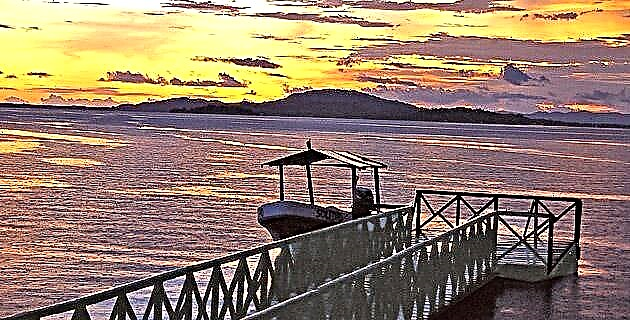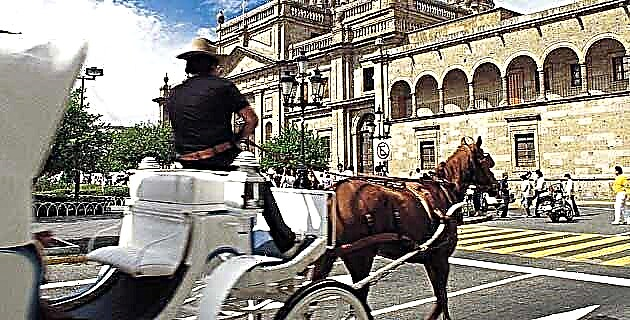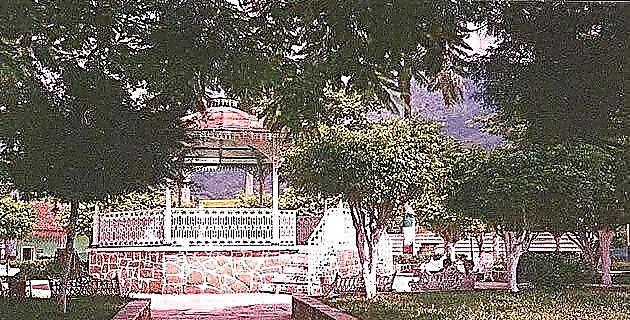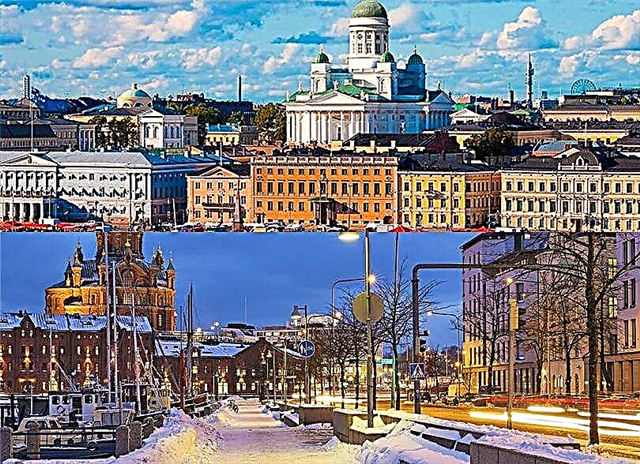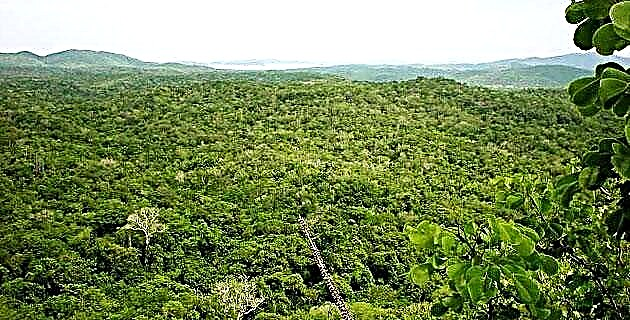
The archaeological remains of Ixtépete, a ceremonial center near the city of Guadalajara in the municipality of Zapopan and the recent findings of more than twenty shaft tombs in the Atemajac Valley, allow us to infer that there were important occupations during the classical period (200 BC-650 AD)
Shortly before the conquest, the Valley was inhabited for the most part by groups of Cocas and Tecuexes, congregated in small villages dependent on the dominion of Tonallan, which were submitted without much resistance by Nuño Beltrán de Guzmán in 1530.
At the end of the following year, Guzmán undertook the conquest towards the north, entrusting Juan de Oñate to cross the ravine of the Santiago river and as far as possible but with prudence, found a Spanish population without exposing himself. Thus on January 5, 1532 in the vicinity of Nochistlán, in present-day Zacatecas, Guadalajara was founded.
Conditions adverse to the settlers caused the transfer of this city to Tonalá, but the stay there was short-lived and soon after the Hispanics settled near Tlacotan, where they remained until 1541. The rebellion of the caxcanes better known as the Mixtón war, which it put in serious danger the Spanish dominion, it arrived until the environs of Guadalajara. With the revolt put down "by fire and blood" by the powerful army led by Viceroy Antonio de Mendoza, the city reached peace but was left without indigenous labor, so, in search of it, they decided to move the population, finding adequate the Valle de Atemajac, where the last and definitive foundation was made on February 14, 1542. Later, the news was confirmed that, almost three years before, the king had granted it the rank and privileges of the city.
In 1546 Pope Paul III created the Bishopric of Nueva Galicia and in 1548 the Audiencia of the same name was established; The headquarters of both jurisdictions was, initially in Compostela, Tepic, until in 1560 its change to Guadalajara was ordered, thus making it the judicial head of the vast territory then called the Audiencia of Guadalajara, the capital of the Kingdom of Nueva Galicia and the seat of the Bishopric. As every Spanish city was drawn like a chessboard from what was the San Fernando square and also as was the custom, the indigenous neighborhoods of Mexicaltzingo, Analco and Mezquitán were left out of the plan. The evangelization process was started by the Franciscans, followed by the Augustinians and the Jesuits.
Gradually, with difficulties and setbacks but also with successes, Guadalajara grew and established itself as an economic and power center, so much so that in the middle of the 18th century a significant number of wealthy people from Guadalajara wanted Nueva Galicia and Nueva Vizcaya to integrate a totally foreign viceroyalty to New Spain, an objective not achieved due to the political-administrative reforms of 1786 that modified the territorial structure dividing the entire viceroyalty into 12 municipalities, one of which was Guadalajara.
During the colony, especially in the 18th century, the economic boom left an architectural, cultural and artistic legacy, the testimonies of which still remain throughout the city.
The pro-independence airs that ran throughout the territory of New Spain penetrated Jalisco, so that when the War of Independence broke out in different parts of the Municipality there were uprisings.
On November 26, 1810, Don Miguel Hidalgo, commanding a large army, entered Guadalajara and was received by José Antonio Torres, who shortly before had taken the city. Here, Hidalgo issued a decree abolishing slavery, stamped paper, and alcabalas, and sponsored the printing of the insurgent newspaper El Despertador Americano.
On January 17, 1811, the insurgents were defeated on the Calderón bridge and the royalist troops of Calleja recovered Guadalajara, assuming the command José de la Cruz, who with Bishop Cabañas, annihilated any outbreak of rebellion.
Proclaimed independence in 1821, the free and sovereign state of Jalisco was erected, leaving Guadalajara as the capital of the state and seat of powers.
The instability that prevailed throughout almost the entire nineteenth century in the country, aggravated by foreign invasions, made it difficult, but did not prevent the state and particularly in its capital from continuing development in various orders. Tangible examples are: in the second quarter of the century, the creation of the Institute of State Sciences; the construction of the School of Arts and Crafts, the Botanical Garden, the Penitentiary and the Pantheon of Bethlehem, as well as the opening of the first factories.
At the beginning of the eighties, urban trams of animal traction appeared, the electric light was installed in 1884, in 1888 the first railroad in Mexico arrived and that of Manzanillo in 1909. In the nineties, Don Mariano Bárcena founded the Astronomical Observatory and the Industrial Museum.
During the revolution, in Guadalajara there were some acts of rebellion against the Díaz dictatorship, such as workers' strikes and student protests, and Madero was even received in 1909 and 1910 with great expressions of sympathy. However, there were no belligerent events of the aftermath. On the other hand, the capital of Guadalajara suffered a kind of stagnation that ended in 1930 once the peace broken by the Cristeros war was agreed, beginning a desire for modernization that has not ended.
See also Colonial Cities: Guadalajara, Jalisco

